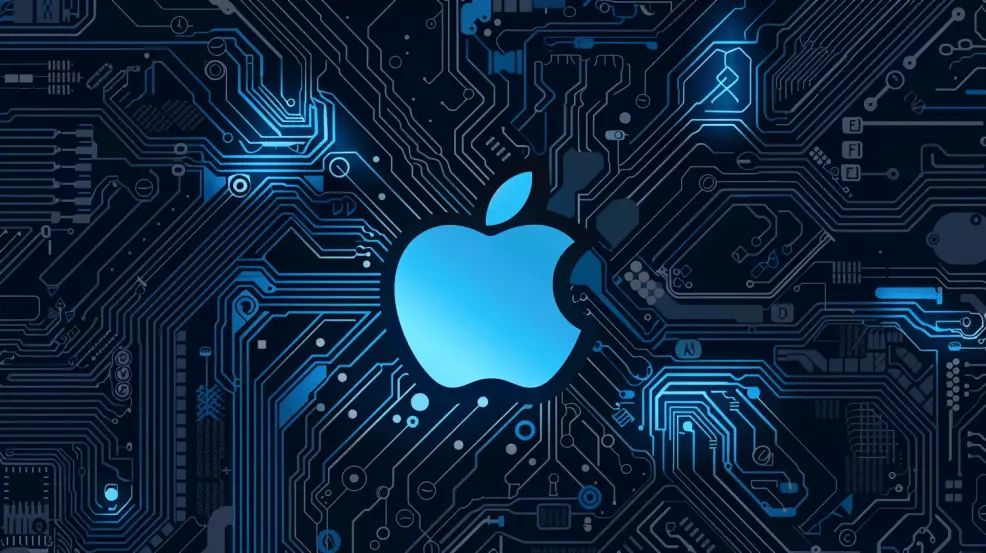In the realm of artificial intelligence, few advancements hold the promise of transforming multiple sectors as profoundly as depth perception technology. Apple’s latest innovation, known as Depth Pro, represents a significant evolution in how machines can interpret three-dimensional space. By translating a single two-dimensional image into a detailed 3D depth map within a fraction of a second, this novel system stands poised to impact fields as diverse as autonomous navigation and augmented reality.
At the heart of Depth Pro lies its capability of generating metric depth maps swiftly and efficiently. Unlike traditional methods that often depend on a multitude of images or specific metadata about the image capture device, Depth Pro accomplishes depth estimation in a remarkably streamlined manner. The underlying framework utilizes an efficient multi-scale vision transformer, enabling it to analyze overall image context while simultaneously focusing on finer details. This dual processing capability positions Depth Pro as a superior alternative to slower, less precise systems that have historically dominated this niche.
With an astounding processing speed of just 0.3 seconds per standard GPU, Depth Pro produces high-resolution 2.25-megapixel depth maps. Such fine-grade detail allows for the accurate representation of intricate textures, such as individual strands of hair or the delicate leaves of a plant, which are often neglected in existing models. This precision is enhanced by the model’s unique ability to provide both relative and absolute depth measurements, known as metric depth. This dual capability is crucial for industries like augmented reality, where virtual elements need to be situated accurately within physical environments.
What sets Depth Pro apart is its versatility. The system’s innovative approach allows it to function without the need for extensive training on specific datasets—this feature, termed ‘zero-shot learning,’ enables the model to make accurate predictions across diverse image types without being constrained by camera-specific metadata. This flexibility paves the way for applications across numerous industries.
For instance, in retail environments, Depth Pro can revolutionize e-commerce by allowing customers to visualize how products, like furniture, would fit in their own living spaces through a simple camera scan. In the context of self-driving vehicles, a real-time, single-camera depth mapping capability could lead to significant enhancements in navigation systems, thereby increasing safety and operational efficiency.
One of the long-standing challenges in depth estimation is the occurrence of “flying pixels,” which result in inaccuracies within depth maps. Depth Pro confronts this issue head-on, offering a reliable solution for applications that depend on precise depth information, such as 3D reconstruction and the establishment of virtual environments. Furthermore, the system excels in boundary tracing, providing greater accuracy in delineating objects, which is crucial for applications demanding meticulous segmentation, including medical imaging and image matting.
In comparison to prior depth estimation models, Depth Pro boasts a significant improvement in boundary accuracy, dramatically enhancing the effectiveness of image processing tasks that rely on precise object delineation.
Open Source Accessibility and Future Prospects
In a bold move to encourage innovation and collaboration, Apple has made Depth Pro an open-source model. The code, along with pre-trained weights, is now accessible on GitHub. This initiative empowers developers and researchers to engage with and extend the capabilities of Depth Pro, leveraging its architecture and pre-trained checkpoints for further advancements.
The potential applications of this technology are vast and span across various domains, including robotics, healthcare, and manufacturing. Apple’s research team encourages users to explore these realms, highlighting the model’s far-reaching implications.
With the advent of Depth Pro, Apple is not only raising the bar for monocular depth estimation but also setting a new standard in speed and accuracy. The ability to effortlessly generate high-quality, real-time depth maps from individual images could drastically reshape industries reliant on spatial awareness. As the relevance of artificial intelligence continues to grow in facilitating informed decision-making and innovating product designs, Depth Pro stands as a shining example of how forward-thinking research can yield practical, impactful solutions. Whether enhancing machine perception or improving user interactions, the ripple effects of Depth Pro are likely to be felt across a multitude of sectors for years to come.


Leave a Reply